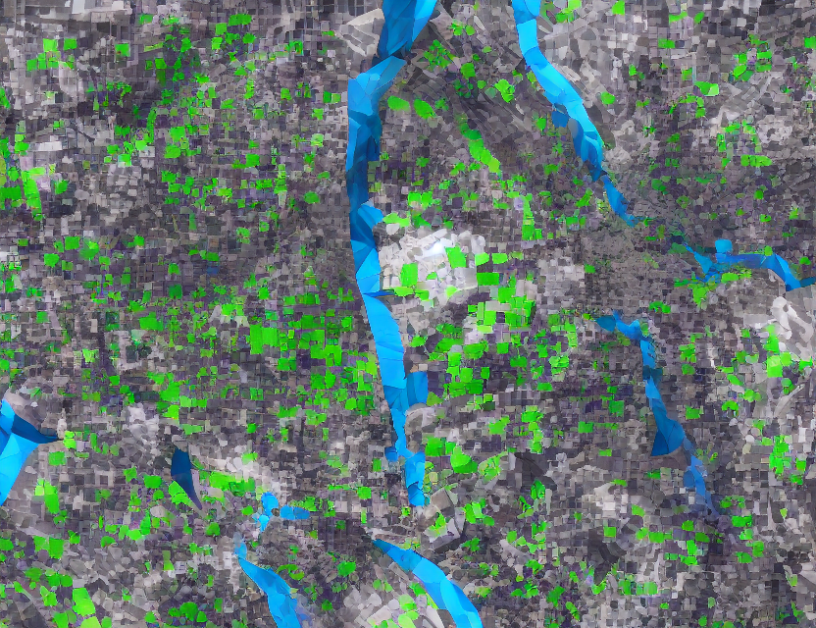This article explores the use of atomic descriptions and narrate and act language resources in video captioning. Atomic descriptions are written from a layperson’s perspective and focus on what is happening, rather than providing critiques or explanations. Narrate and act descriptions, on the other hand, are expressed from a first-person perspective and can share intrinsic motivation behind actions. The article compares the language statistics of each text corpus across three axes: total vocabulary size, average number of captions per video, and caption length. It also provides examples of commentaries and highlights the differences in vocabulary and word frequency between scenarios and annotation types using word clouds. The article aims to demystify complex concepts by using everyday language and engaging metaphors or analogies to capture the essence of the topic without oversimplifying.
Key takeaways
- Atomic descriptions provide a simple, straightforward perspective on events, focusing on what is happening rather than offering explanations or critiques.
- Narrate and act descriptions offer a more personal, introspective viewpoint, revealing the motivations behind actions.
- The article compares language statistics across three axes: total vocabulary size, average number of captions per video, and caption length.
- Word clouds illustrate differences in vocabulary and word frequency between scenarios and annotation types.
- By using everyday language and engaging metaphors or analogies, the article aims to demystify complex concepts and convey them in a clear, concise manner.



